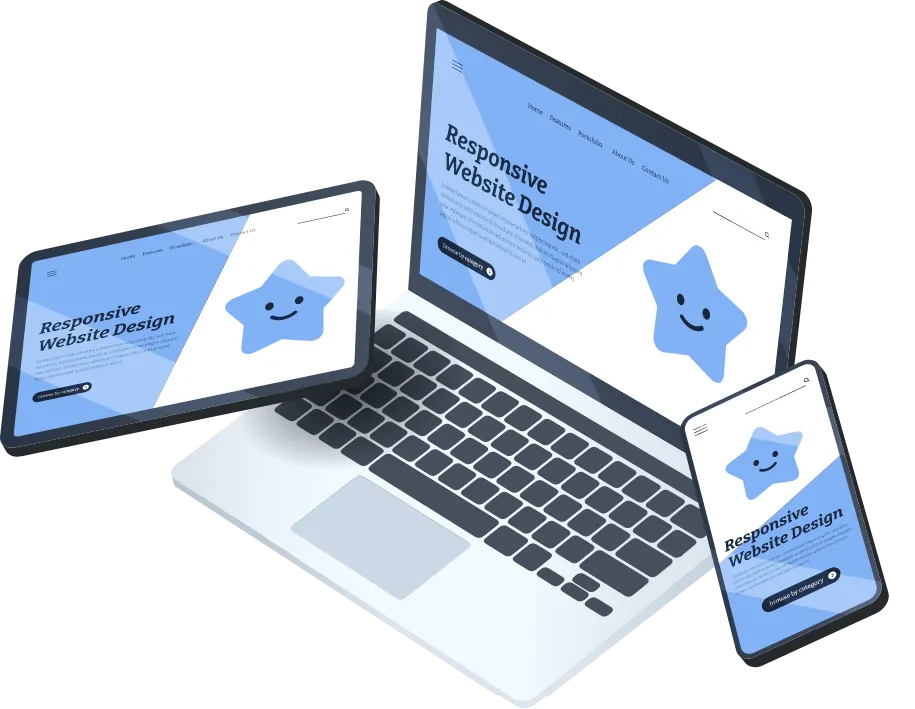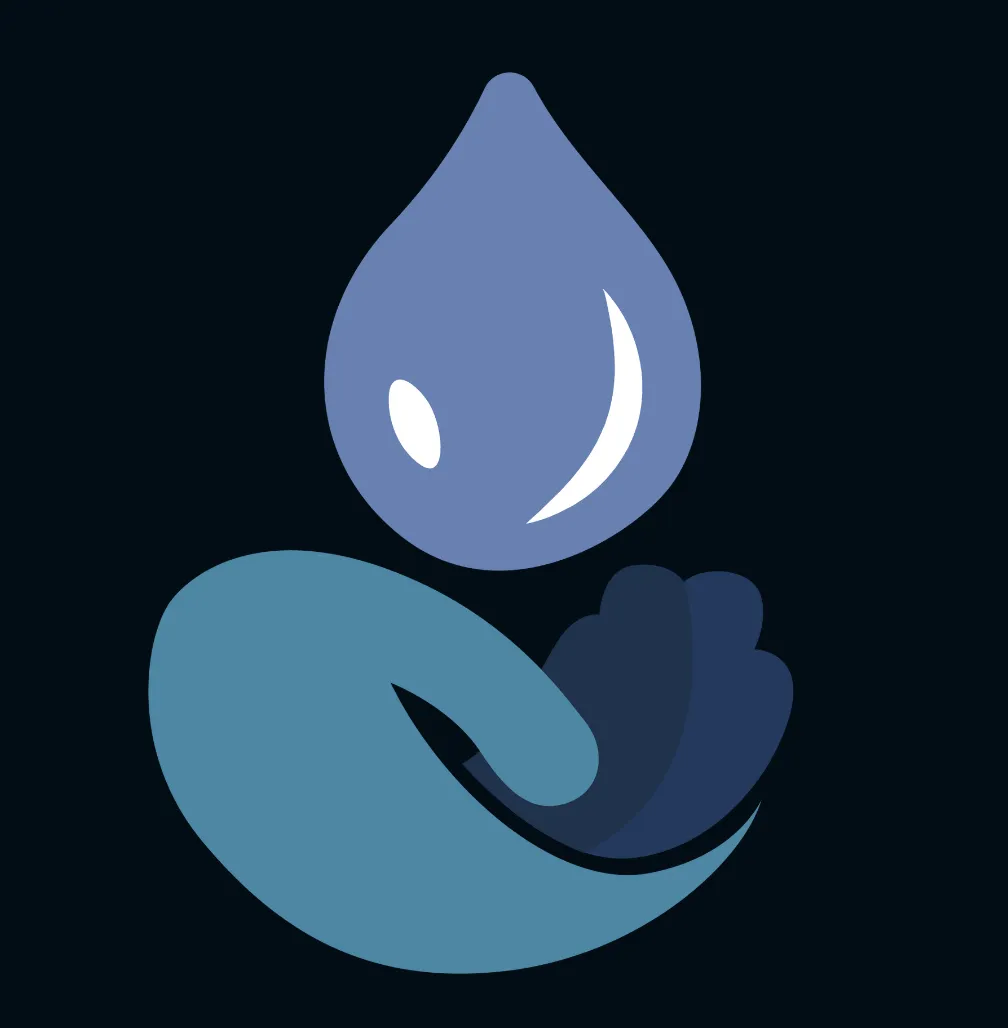Design Your Digital
Success
Crafted Websites and Graphics that Leave a Lasting Impression

Week 7: The Role of Industry & Big Business
How Factories and Big Farms Use and Pollute Water?
When we talk about saving water, we often focus on what individuals can do — like shorter showers or turning off the faucet. But the truth is, some of the biggest water users and polluters in Uruguay are industries and large-scale farms. If we want to solve the water crisis, we have to look at how these businesses operate.
Industries like food processing, chemical plants, and construction use huge amounts of water every day. Many of them also release waste — including toxic chemicals — into rivers and lakes. While there are laws against this kind of pollution, enforcement is often weak, and inspections don’t always happen.
Agriculture is another big part of the problem. Large farms that raise cattle or grow soybeans use a lot of water for irrigation and livestock. But they also contribute to water pollution through pesticide and fertilizer runoff. When it rains, these chemicals wash into rivers, harming plants, animals, and even human health. In many areas, this runoff is the main cause of eutrophication, where algae grows out of control and kills fish by taking away oxygen in the water.
Some businesses are starting to change their practices. A few are investing in wastewater treatment, switching to eco-friendly products, or using drip irrigation to save water. But these examples are still rare, and many large companies put profit before sustainability.
📊 Did You Know?
The beef industry in Uruguay is one of the largest water consumers in the country.Some factories still dump untreated waste into rivers, even though it’s illegal.A single large farm can use more water in a day than a small town.
🔎 Take Action: Choose Eco-Friendly Brands
You have power as a consumer:
Support companies that follow sustainable water practices.Do research and share brands that are helping — not harming — the environment.Ask local stores or markets about their suppliers’ water policies.
You can also organize a school project comparing how different industries use water. The more we know, the better we can demand change.
📢 Next Week: “Solutions from Around the World”
Let’s look beyond Uruguay to discover how other countries are successfully protecting their water resources.
